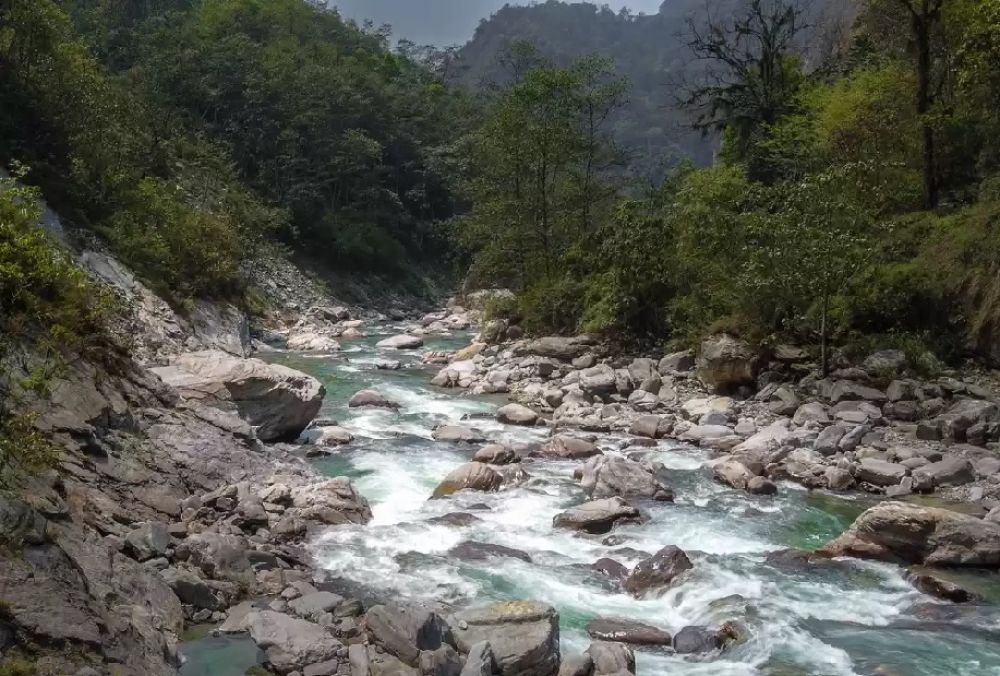

The Borong Hot Springs, locally known as 'Borong TsaChu', have long been a jewel in the treasure trove that is Sikkim's natural landscape. Nestled in the picturesque town of Ravangla in South Sikkim, these hot springs are famed for their therapeutic qualities and serene environment.
The history of tourism at Borong Hot Springs is tied closely with the cultural and spiritual fabric of Sikkim. For centuries, these springs have been known to the indigenous people for their healing properties. It is believed that taking a dip in the hot sulphurous water treats skin diseases and can alleviate joint and muscle pain because of its medicinal and curative properties.
With the integration of Sikkim into the Indian Union in 1975, the state opened its doors to domestic and international travelers, slowly placing areas like Ravangla on the tourist map. Initially, these springs were mostly a local secret, frequented by the native Sikkimese and neighboring communities who visited for both health reasons and spiritual cleansing.
In the early 2000s, the government of Sikkim started to develop infrastructure around its natural hot springs as part of a broader initiative to promote eco-tourism. The Borong Hot Springs began to attract tourists looking for a blend of wellness and adventure travel. Hiking the trail to reach the hot springs became a sought-after experience for nature enthusiasts and trekkers.
Access to the hot springs traditionally involves a scenic hike, providing travelers an opportunity to immerse themselves in the natural beauty of Sikkim's landscapes. While the trek might be rigorous, the promise of a rejuvenating soak in the hot springs afterward remains a great incentive.
The accommodation options around Borong Hot Springs have seen gradual growth, with a mix of homestays, guesthouses, and resorts catering to different budget ranges and preferences. This growth in facilities has made the springs more accessible to a wider audience, contributing further to the tourism appeal of the area.
In recent years, Borong Hot Springs have been increasingly featured in wellness tourism packages. Wellness tourism, focusing on health, holistic living and being one with nature, has seen a spike in popularity as people seek out destinations that offer a respite from the stresses of modern life. Borong, with its therapeutic springs, clean air, and pristine surroundings, is perfectly poised to capitalize on this trend.
Additionally, sustainable tourism has become a prominent focus for the state of Sikkim, which has won numerous awards for its eco-friendly initiatives. Tourists are encouraged to follow responsible travel practices to ensure the preservation of the region's natural resources, including the hot springs.
Visitors to Borong Hot Springs can expect to find themselves wrapped in a cocoon of tranquility. The best time to visit is during the winter months, from November to March, when the steaming waters contrast starkly with the cooler temperatures of the surrounding mountains. With the growing emphasis on sustainable travel and wellness, Borong Hot Springs continues to be a destination that marries the ancient tradition of healing baths with the needs of the contemporary traveler.
Whether you are an adventure seeker, a wellness enthusiast, or simply in need of a peaceful retreat, Borong Hot Springs in Ravangla, Sikkim, invites you to bask in its warmth and embrace the serenity of the Himalayas.